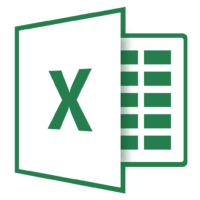If you like to fill sequential dates in your Excel spreadsheet, you don’t need to type them manually. Microsoft Excel presents two ways to quickly and automatically fill dates in your selected cells.
You type the first date in a cell in your Excel spreadsheet. Then, based on this date, Excel automatically occupies the other cells with sequential dates. You receive the same results regardless of what fill method you use below. However, the Fill Command strategy offers you control over the data unit counted.
Automatically Fill Dates in Excel Through Fill Handle
Through the Fill Handle, you drag the first date across all the cells where you need the dates added. Excel occupies those cells with sequential dates.
To use this technique, click the cell containing a date in your Excel spreadsheet. If you don’t already have one, type one in; let’s take today’s date.
From the specified cell’s bottom-right corner, drag downwards, covering all the cells where you need dates.
Once done, you will see that your picked cells now have sequential dates.
And you’re all set.
Fill Sequential Dates in Excel Through the Fill Command
Through the Fill command, you tell Excel your first date and the cells where you need sequential dates. The command then occupies the selected cells with sequential dates.
To use this command in your Excel spreadsheet, choose your date cell and the cells where you need sequential dates.
Once your cells are selected, navigate to the “Home” tab in Excel’s ribbon at the top. Then, from the “Editing” section, select Fill > Series.
On the “Series” section, from the “Date Unit” option, select what unit you’d need to fill in your cells. Once done, click “OK.”
On the Excel spreadsheet, you’ll see that Excel has filled your desired cells with the dates.
And that’s how you eradicate the hassle of manually typing dates in your Excel spreadsheets. Very useful!
This blog post is powered by AIIT Solutions.










